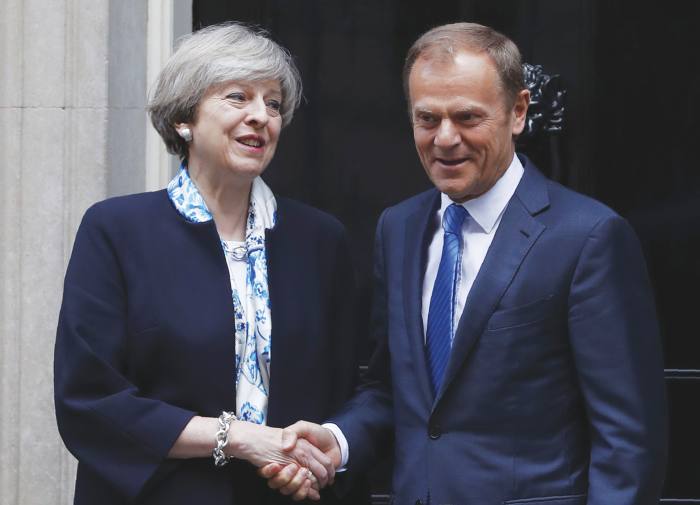
Timing, they say, is everything; and there is no exception for investors. A perfect storm of political calendars has made for a very nervous ride for financial markets over the past 18 months.
The election of Donald Trump as US president, together with the Brexit vote in the UK, spooked investors in 2016 and this uncertainty is set to continue with federal elections in Germany this autumn.
Political turmoil and the rise of populism were perhaps the biggest risks for investors last year, and are likely to remain so for the foreseeable future. This all has significant implications for wealth advisers and the discretionary fund managers (DFMs) they use.
For the moment, advisers and their DFMs can rest easy. Clients will be pleasantly surprised to see that their investment portfolios have been performing well despite the political turmoil. The markets cheered Mr Trump’s mooted tax reforms and spending pledges, a cheaper pound has buoyed UK stocks, and a nascent recovery in the eurozone economy means more fund managers are increasing their allocation in the region.
The challenge now for advisers is how they help clients consolidate those gains over the next 12 to 24 months.
Strong performance is a nice problem to have, but it can easily be reversed by a major market correction, setting an adviser up for a tricky conversation with their client at the next quarterly meeting.
Equities, by many metrics, are overvalued. The Dax, S&P 500 and FTSE 100 indices are trading at or near record levels, with the FTSE 100 up double digits since last year’s EU referendum.
Advisers need to give DFMs free rein in the current market environment: the clue is in their title – discretionary – so it’s best not to set any sector or asset constraints. However, that is becoming harder as clients are following the news closely and are focused on any impact on their investment portfolios.
This means they are much more engaged with their wealth advisers and will want more detail on their DFM’s investment strategy. They may even wish to direct that strategy to a greater degree than before.
That said, advisers still need to hold DFMs to account. Putting clients’ money to work is a growing challenge in the current environment. Risk needs to be actively managed, and there are more ways than ever to protect against downside.
There are opportunities to diversify into alternatives, from the more traditional choices such as commercial property, gold and absolute return funds, to more contemporary selections like infrastructure, peer-to-peer lending and aircraft leasing. Advisers will need access to DFMs with a range of expertise and specialisms.
Costs are coming even more into focus. We are entering the ninth year of a bull run that has seen the FTSE 100 more than double since its lows in 2009. Returns above historical averages cannot be expected to persist.
As returns fall advisers must critically review where lower-cost alternatives, such as multi-asset funds, make better sense for their clients. DFMs need to make more efforts to differentiate themselves and explain their value proposition. The ability to offer bespoke services, not just models, will become more important, particularly with the growth in robo-advice.







